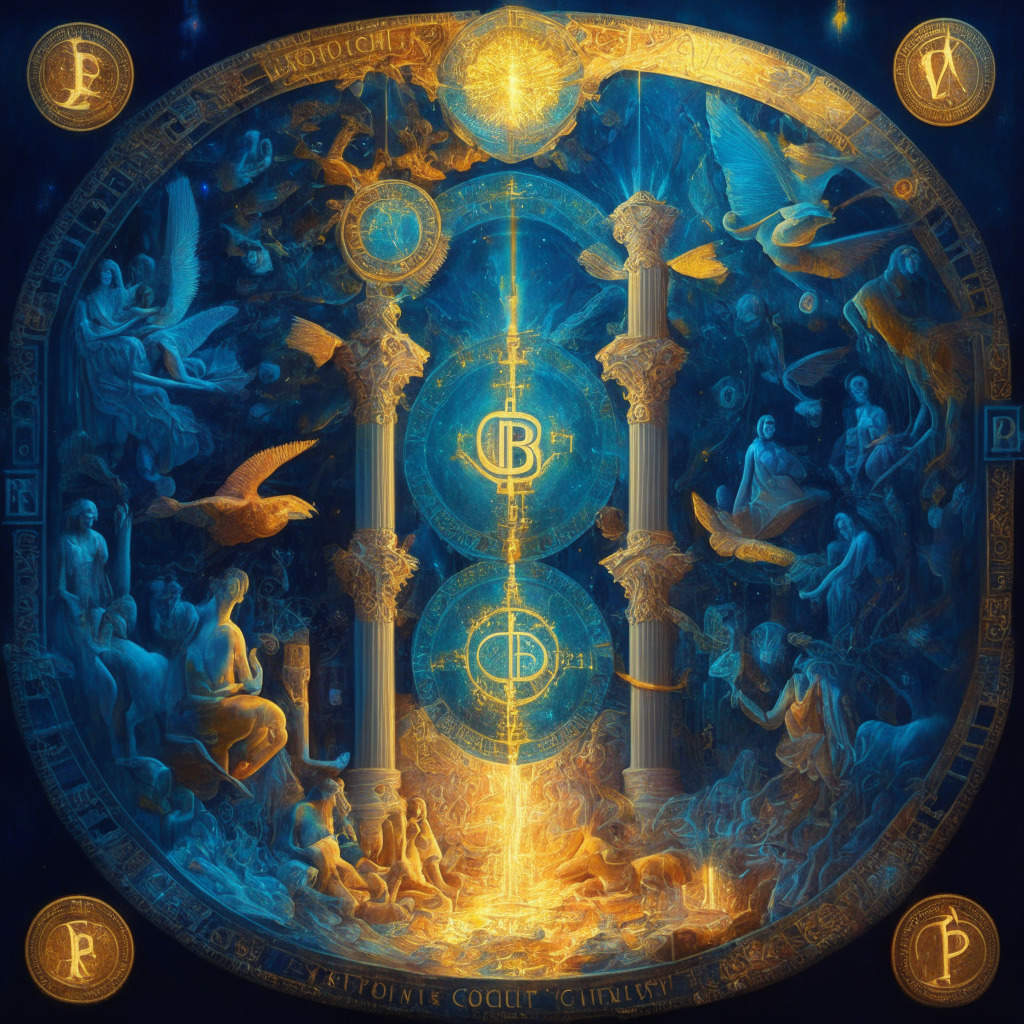The Bitcoin ecosystem, often criticized for its sluggish technological advancements, is currently on the brink of a layer 2 “Cambrian explosion.” Bitcoin infrastructure firm Blockstream’s Lightning Protocol engineer, Lisa Neigut, believes the driving force behind this explosion will be new features such as covenants and script updates. Technological renaissance in the form of Bitcoin non-fungible tokens (NFTs) through the Ordinals protocol is already underway, with more than 3.3 million NFTs created in under five months.
Covenants, like Bitcoin Improvement Proposal (BIP) 118 (also known as SIGHASH_ANYPREVOUT or APO), are Bitcoin smart contracts that impose constraints on how a bitcoin can be spent. Script updates consist of proposals by Blockstream to introduce Simplicity, an innovative programming language for Bitcoin smart contracts. Neigut suggests that once certain functionalities are in place on the base layer, the flywheel effect will be activated, leading to a surge in new layer 2 protocols.
Having one of the most diverse layer 2 ecosystems, Bitcoin currently supports six major layer 2 protocols – the Lightning payment network, Liquid sidechain, Fedimint and Cashu protocols, wrapped bitcoin (wBTC), and Bitcoin statechains. Lightning Labs’ Ryan Gentry claims that Lightning, a payment channel network that routes bitcoin payments off-chain, is the only network of its kind in the crypto world, and it’s scaling exceptionally well.
Blockstream, which published a white paper on sidechains as early as 2014, has a fully functional Bitcoin sidechain called Liquid. This secondary blockchain interacts with the primary one and allows users to issue security tokens and other digital assets. Fedimint and Cashu are Bitcoin custody protocols rooted in the concept of “Chaumian mints,” designed by computer scientist and cryptographer David Chaum in 1983. These mints leverage blind signatures to preserve user privacy, ensuring the sender remains anonymous.
Wrapped tokens, like wrapped bitcoin (wBTC), are synthetic versions of crypto assets not native to their blockchains. Bitcoin statechains, developed by the “Bitcoin Sorcerer” Ruben Somsen, provide scaling benefits similar to Lightning, as both are off-chain. Some layer 2 Bitcoin protocols, like Lightning, have existed for years, while others such as Cashu are still experimental. Neigut believes that new developments like Bitcoin’s “Inquisition Signet” testnet will help fast-track experimental projects and test the stability of new proposals like validity rollups.
With the advent of miniscripts, a new way of expressing and writing Bitcoin contracts, and CoinSwaps that facilitate anonymous bitcoin exchanges, it’s evident that there’s much more happening within the Bitcoin ecosystem. As Neigut puts it, we have merely “touched the tip of the iceberg.”
Source: Coindesk




